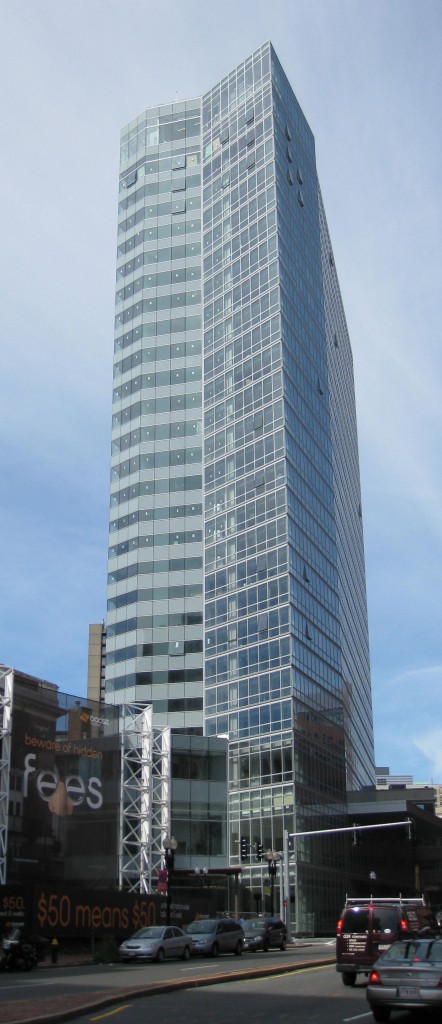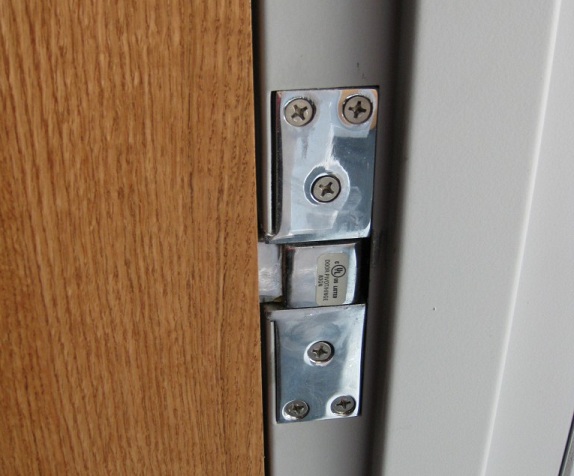 I recently went to Boston’s Theatre District to see the W Hotel, a project that I wrote the hardware spec for a few years ago. The opening date for the hotel is October 22nd, with the condos on the upper floors to follow. The architectural firm is one I’ve worked with many times – TRO/Jung Brannen.
I recently went to Boston’s Theatre District to see the W Hotel, a project that I wrote the hardware spec for a few years ago. The opening date for the hotel is October 22nd, with the condos on the upper floors to follow. The architectural firm is one I’ve worked with many times – TRO/Jung Brannen.
 Whenever I’ve mentioned this project, the person I’ve mentioned it to gets a confused look on his/her face and says, “WHERE is it? The Theatre District??”
Whenever I’ve mentioned this project, the person I’ve mentioned it to gets a confused look on his/her face and says, “WHERE is it? The Theatre District??”
Although there aren’t many vacant building lots in the Theatre District, they somehow found a way to squeeze a high-rise hotel into what used to be a parking lot on the corner of Tremont and Stuart Streets. If you’d like to call the Theatre District “home”, condos at the W Hotel are currently priced between $430,000 and $4.55 million.
There was an interesting door & hardware application on this project that we spent a lot of time discussing during design, so I made sure to check and see how it worked out. On the hotel floors, there are 2 guest rooms at the end of the hall that can be booked individually or as a suite. When they are individual rooms, the doors need to be fire-rated and have hotel guest room locks. When they are booked as a suite, there’s an unequal leaf pair that becomes the suite entrance, and the other entry doors become essentially bedroom doors.
The unequal leaf pair at the end of the corridor needed to be held open as long as the rooms were booked individually, with only authorized hotel personnel having the ability to release the hold-opens. The doors open into a pocket (always challenging to coordinate) and are hung on pocket pivots. To ensure that only authorized personnel can release the hold-opens, I specified Schlage Electronics 320+ mag-locks, which provide more holding force than a typical magnetic holder. If you saw my earlier post about pocket pivots, the close-up below illustrates how much tighter the clearance is between the door and frame when pocket pivots are used vs. the swing-clear hinges used in the previous post.
 There were plenty of other special applications on this project, including more doors held open in pockets, guest room entry doors with sliding bathroom doors behind them, wardrobe doors with concealed hinges, etc., but one of my favorite finds of the day was on the main entrance doors. I guarantee that 499 out of 500 people walking past these doors wouldn’t notice that the door pulls are temporary pulls made out of PVC pipe. Very creative!
There were plenty of other special applications on this project, including more doors held open in pockets, guest room entry doors with sliding bathroom doors behind them, wardrobe doors with concealed hinges, etc., but one of my favorite finds of the day was on the main entrance doors. I guarantee that 499 out of 500 people walking past these doors wouldn’t notice that the door pulls are temporary pulls made out of PVC pipe. Very creative!
You can read more about the construction progress at the Boston Real Estate Observer site, or see more photos and reserve a room at W Hotels Worldwide.
Satellite image courtesy of Google Maps.
You need to login or register to bookmark/favorite this content.









Would the metal edge/astragal be required if these doors were 90 min. in hollow metal? Great site BTW.
Thanks
Whether or not metal edges or an astragal are required is dependent on the door manufacturer’s listings. It is not a requirement of recent editions of NFPA 80 to have an astragal or metal edges.
– Lori
All three doors would need to be rated and have closers (the corridor door when in suite mode, the two entry doors when rented separately)
Can you provide some detail on how the guestroom card readers and mag hold(s) were configured?
When rented as a suite, were the unit doors held on hold-opens and their readers disabled?
When rented individually, was the reader on the corridor door de-activated?
Was there any automation to unsure that is was in one mode or the other or were all three readers always active?
(Was the operating mode only switched by the staff manually engaging / releasing the hold-opens)
Thanks
I’m sorry – I don’t think I ever knew how the readers were programmed.
– Lori